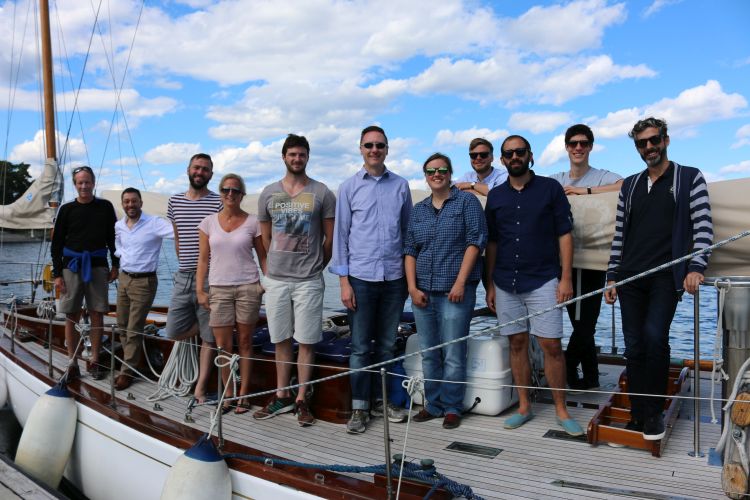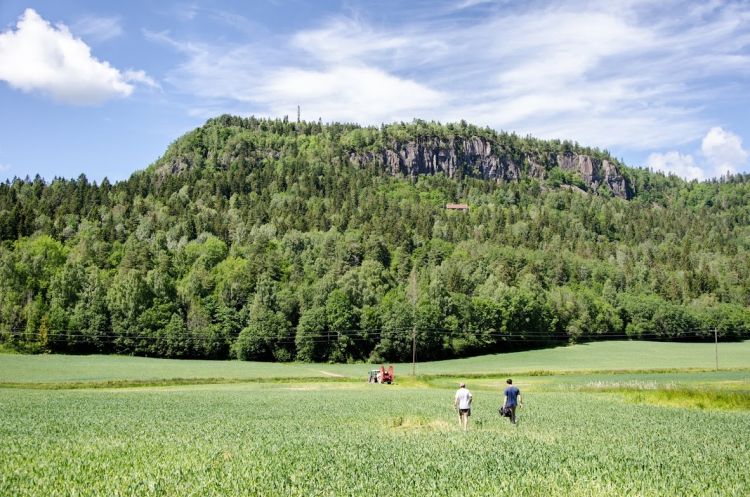
Department of Biomaterials was well-represented at a one-week intensive think-tank style workshop focussing on future needs for developing materials to reduce the risk biomaterial-associated infections that was funded by Centre of Advanced Study at the Norwegian Academy of Science of Letters. The central idea behind this small, informal workshop was to discuss, debate and exchange ideas regarding the underlying questions relating to the development of innovative anti-infective biomaterials for future implants within a small multidisciplinary group consisting of international scientist from pharmacists and microbiologist to materials scientists. Together the group covered a broad range of scientific disciplines needed to tackle the challenges increasing antibiotic resistance is imposing on implantable biomedical devices.

This workshop was the first realisation of a YoungCAS project: a brand new initiative from CAS Oslo to encourage and facilitate young scientist to take part in interdisciplinary academic discourse and the project was led by our postdoc Hanna Tiainen. Apart from Hanna, the entire organising team for the workshop had a strong Biomaterials flavour to it with one of our former postdocs Manuel Gómez-Florit and our long-term collaborator and former IOB researcher Jessica Lönn-Stensrud joining Hanna as co-organisers for the workshop. Overall, the team and the participants were very happy with the arrangement and will now continue their daily research work with a totally renewed mind-set, thanks to the many discussions and debates that took place during the workshop.
- We got very good feedback from the participants regarding both the organisation and the overall outcome and usefulness of the workshop. We are very grateful for all the support and practical assistance we received from CAS Oslo for organising the workshop and making this all possible. It is not many opportunities you get as a young early career scientist to invite exactly the scientist you want to work with to spend a week discussing exactly the things you all want to discuss about! It is still hard for me to believe that it was possible for me to organise a workshop like this and I realise how fortunate I have been to have this amazing opportunity, said Hanna.
However, the organising team felt a little bit greedy keeping the invited scientists all to themselves to discuss and brainstorm with, and so decided to give other young scientists a chance to take part in interacting with them by arranging a open seminar on the topic at the Institute of Clinical Dentistry.
- We were particularly happy to hear that people really enjoyed the panel discussion we arranged at the end of the YoungCAS seminar. Several people have come to me afterwards telling me that they learned a lot from the discussion and that they thoroughly enjoyed taking part in such an event. Much of that is thanks to professor David Grainger, who did an outstanding job leading the panel discussion and engaging both the panellists and the audience in passionate discussion by his insightful and entertaining questions. Hopefully, we managed to inspire at least some of the students to start working on future solutions to reduce implant-related infections. I have personally learned a lot during the many roundtable discussions we had during the workshop and I wanted others to experience at least a part of that as well, Hanna continued.












All photos by Jonas Wengenroth and Florian Weber / Department of Biomaterials, UiO.
This workshop was fully funded by CAS Oslo.